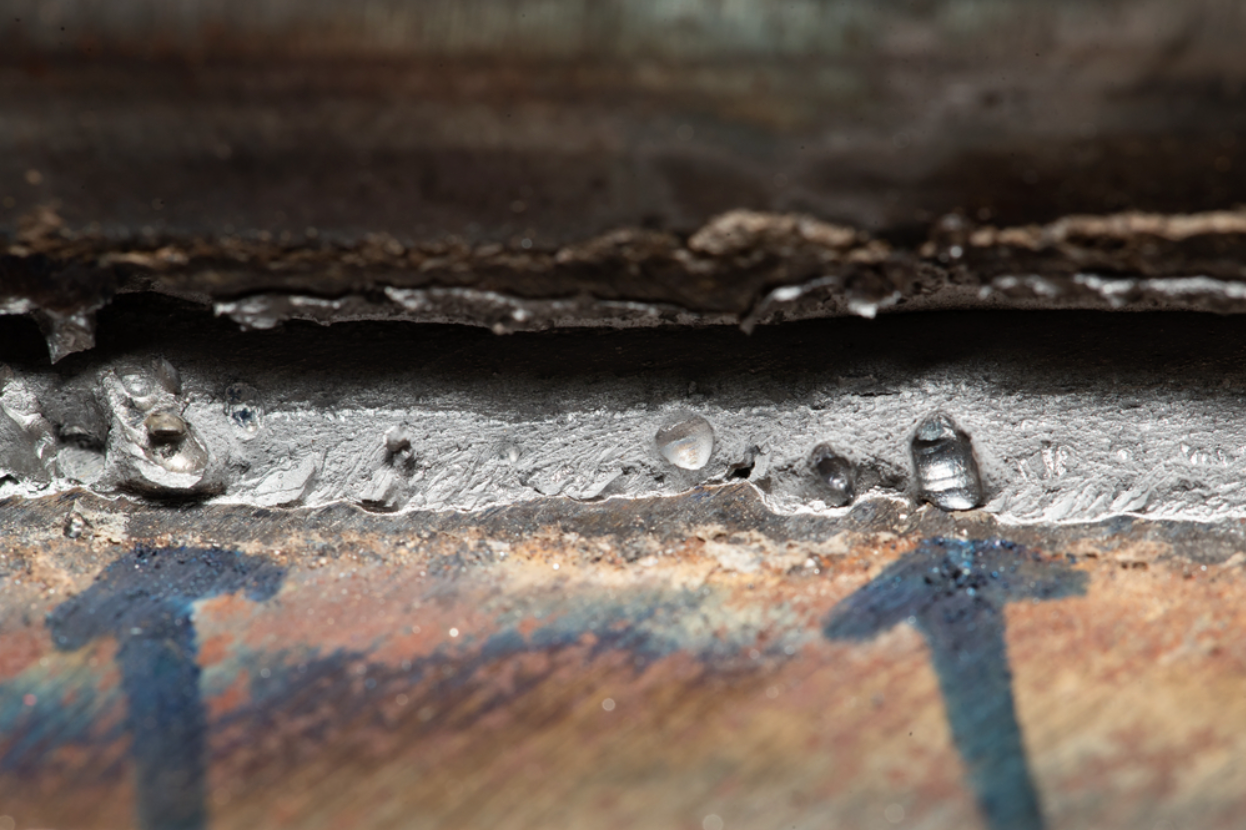Preventing Weld Undercut Demystified: Methods for Success
Preventing Weld Undercut Demystified: Methods for Success
Blog Article
Crucial Tips for Welders: Protecting Against Undercut Welding and Ensuring Stronger Weld Joints
In the realm of welding, attaining strong and durable weld joints is the cornerstone of creating high-grade job. One common challenge that welders usually run into is undercut welding, which can endanger the stability of the weld joint.

Comprehending Undercut Welding
Undercut welding is a common welding defect that occurs when the weld steel stops working to appropriately load the groove and leads to a groove-like depression along the weld grain. This problem deteriorates the weld joint, making it susceptible to fracturing and failing under anxiety. Damaging can be brought on by numerous elements, including excessive welding existing, high welding rate, incorrect electrode angle, wrong electrode size, and poor welding method.
One of the primary reasons for undercut welding is an inequality in between the welding present and the welding speed. If the welding current is too high or the welding speed is also quickly, the weld metal may not effectively fill the groove, causing undercutting. Additionally, utilizing an electrode that is as well big can result in a comparable outcome, as the excess steel can not correctly move into the groove.
To stop undercut welding, welders ought to guarantee they are using the correct welding criteria, keep a suitable electrode angle, choose the appropriate electrode size, and practice appropriate welding strategies. By addressing these elements, welders can decrease the threat of undercutting and produce stronger, extra dependable weld joints.
Correct Welding Strategy
Efficient welding technique plays an essential function in guaranteeing the top quality and integrity of weld joints. One basic facet of correct welding technique is preserving the proper angle and range in between the welding weapon and the work surface.
Furthermore, a steady and regular hand movement is crucial for producing strong and durable weld joints. Welders need to go for smooth, consistent motions to ensure even distribution of the weld product. Appropriate control of the welding weapon and filler product is additionally vital to achieving ideal infiltration and blend.
In addition, regulating the warmth input and choosing the proper welding criteria based on the material being welded are essential consider accomplishing high-grade welds - Preventing weld undercut. Welders ought to follow the recommended setups offered by welding procedure requirements and readjust them as needed based on the certain requirements of the job. By mastering proper welding strategies, welders can dramatically boost the strength and reliability of their weld joints
Picking the Right Electrode
Preserving the right angle and distance between the welding weapon and the workpiece is fundamental when considering the importance of selecting the appropriate electrode in welding applications. The choice of electrode plays a vital duty in identifying the top quality and strength of the weld joint. Electrodes can be found in numerous types, each created for certain purposes and materials.
To start with, picking the proper electrode size is vital. Thinner electrodes are suitable for welding thin materials, while thicker electrodes are much better for thicker products and higher warm applications. Matching the electrode size to the density of the work surface helps attain a balanced weld.
Second of all, comprehending the material composition of the electrode is essential. Various electrodes are designed for welding specific products like steel, stainless steel, aluminum, or cast iron. Utilizing the appropriate electrode product guarantees excellent fusion and reduces the danger of defects in the weld.
Lastly, taking into consideration the welding position and strategy is critical when choosing the electrode kind. Particular electrodes are better fit for vertical or above welding positions, while others work well for flat or horizontal settings. Selecting the ideal electrode based upon the welding method improves helpful site the overall weld top quality and integrity.
Preparing the Base Steel
To guarantee a successful welding process, what initial steps should be taken when preparing the base metal for welding? In addition, any type of existing weld material or residue from previous welding should be eliminated to make certain a clean surface area for the brand-new weld.
Performing Post-Weld Examinations

After carrying out these assessments, welders need to contrast the results against market criteria and job requirements to make sure that the weld joint meets all essential criteria. Any inadequacies or discrepancies uncovered during the post-weld evaluation should be without delay attended to through appropriate restorative procedures to ensure the weld's honesty. By vigilantly executing post-weld inspections and immediately resolving any kind of issues, welders can maintain the top quality and reliability of their job, inevitably adding to the safety find this and security and long life of the welded structures.
Verdict

In verdict, avoiding undercut welding and guaranteeing stronger weld joints require a combination of appropriate welding technique, choosing the right electrode, preparing the base metal correctly, and carrying out post-weld inspections. By recognizing the reasons for undercut welding and implementing the required preventative measures, welders can generate premium weld joints that meet industry criteria and make sure the structural integrity of the welded parts.
Undercut welding is a common welding problem that takes place when the weld steel falls short to appropriately load the groove and results in a groove-like clinical depression along the weld grain (Preventing weld undercut). Damaging can be triggered by different factors, including too much welding current, high welding rate, incorrect electrode angle, wrong electrode dimension, and poor welding strategy
One of the major factors for undercut welding is an imbalance between the welding existing and the welding rate. If the welding current is as well high or the welding speed is as well quickly, the weld steel might not effectively load the groove, leading to undercutting.Preserving the correct angle and range in between the welding gun and the workpiece is essential when taking into consideration the significance of selecting the ideal electrode in welding applications.
Report this page